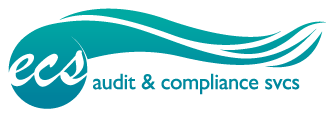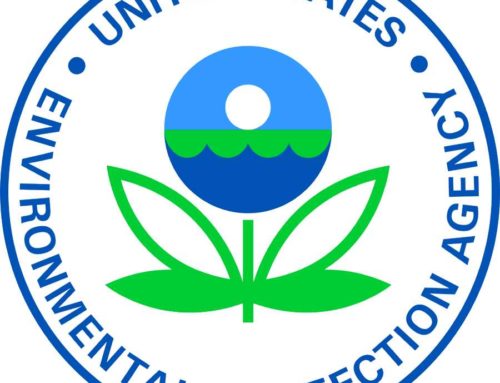A few months ago, we advised clients operating under the expired 2007 KYR00 General Stormwater Permit that a new permit was out in draft for comment by the public. That draft was not readily available on the Division of Water website at that time. On 2/26/13 the KY Division of Water put out a new version of the draft permit and has opened the review period until April 1. Though they apparently issued this update on 2/26, they didn’t send it out in a news blast until 3/18. So we haven’t got a lot of time to review and respond. If you wish to receive a copy of the draft, send me an email at jennifer@ecshelp.com and I’ll forward a copy to you. While it is now posted on the Kentucky website, it is difficult to find.
There are several changes which have been implemented in the new version of the draft permit and I’ll outline a few of the more pertinent ones for your perusal:
- Removal of the effluent minimum/maximum discharges for Total Suspended Solids, Oil & Grease and pH. Sampling is proposed at twice/year with reporting of the results to the Division using the electronic KDMR program.
- The permit requires that a Stormwater Pollution Prevention Plan (SWPPP) be created. For those referencing other control plans including Best Management Plans (BMP), Spill Prevention Control & Countermeasure Plans (SPCC) and Groundwater Pollution Prevention Plans (GWPPP) to meet SWPPP requirements, those plans must be available within the SWPPP documentation.
- SWPPP and BMP requirements must include a schedule for pickup and disposal of wastes. They must also include an inspection timetable for drum condition/leaks, tank condition and preventive maintenance. The previous draft called for weekly inspections and the specific frequency requirements for inspections has been removed in the current permit draft.
- The Permit does call for an Annual Inspection after a 2 year/24 hour rain event. This is to ensure that all controls are functioning as designed. The definitions section of the permit describes the 2 year/24 hour rain event as “a rainfall event with probably recurrence interval of once in two years as identified in the National Weather Service Technical Paper #40 “Rainfall Frequency Atlas of the United States”.
Other noteworthy thoughts on this permit:
- This permit is a general, catch-all permit which is not designed for those required to have an individual KPDES permit. That would include those industries subject to National Effluent Guidelines or those companies with discharges to impaired waters.
- Any facilities discharging directly to the Ohio River are required to have signage posted with their Outfalls designated. While it is not required for Outfalls other than those going to the Ohio River, it is strongly recommended.
- In order to apply for this permit (once it is promulgated), you will have to submit a Notice of Intent (NOI) and request permission to be included in this general permit. Upon approval, you will have to create or update your SWPPP and BMP to comply with the new requirements of the permit.
- You will also have to sign up for the e-KDMR reporting program and be prepared to take samples twice/year and report the results electronically.
- The permit also includes a requirement to maintain a daily precipitation log in order to demonstrate that the sampling event selected for your 2/year sampling is a qualifying rain event. You may elect to do that through use of a rain gauge at your site, or use of data from such services as “Weather Underground” which tallies rain events from collection stations all across the country and makes it available real-time.
If you’d like to receive a copy of the draft permit, feel free to contact ECS at 812-945-1541 and we will be happy to forward a copy to you. If you’d like to make comments on the draft permit, those may be sent to the Kentucky Division of Water, Stormwater Branch at DOWPublicNotice@ky.gov.






